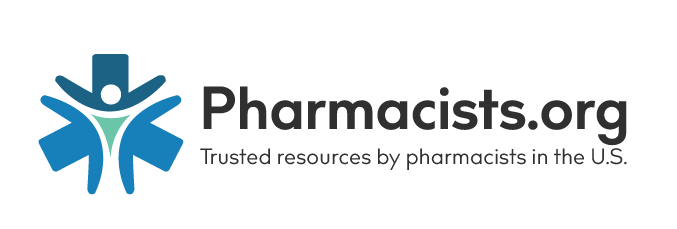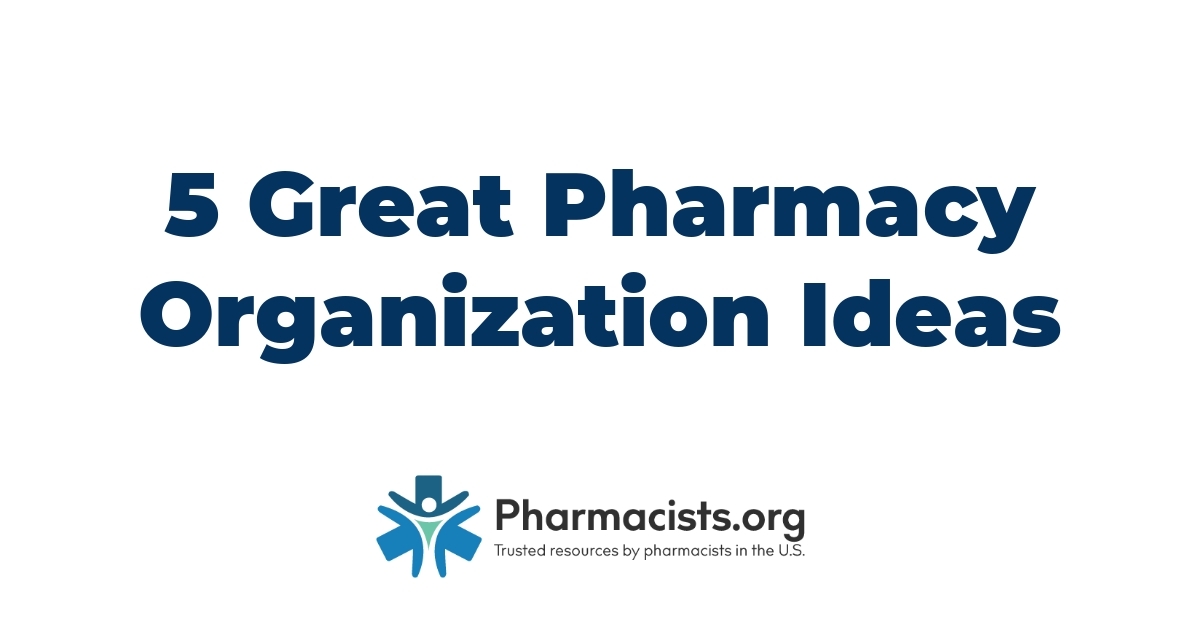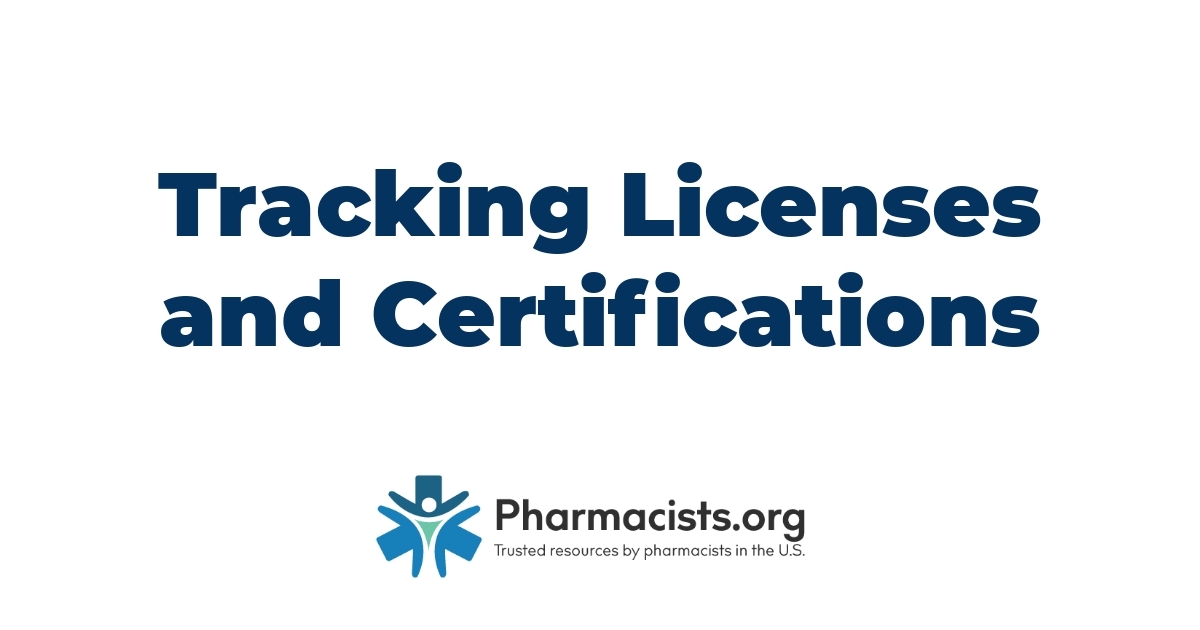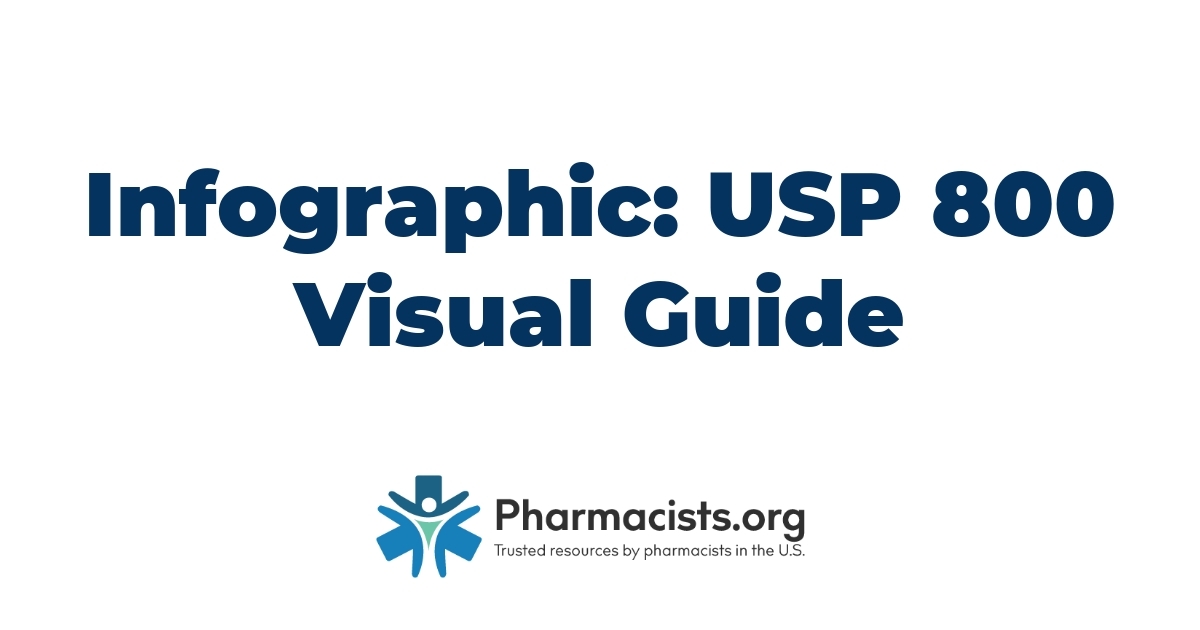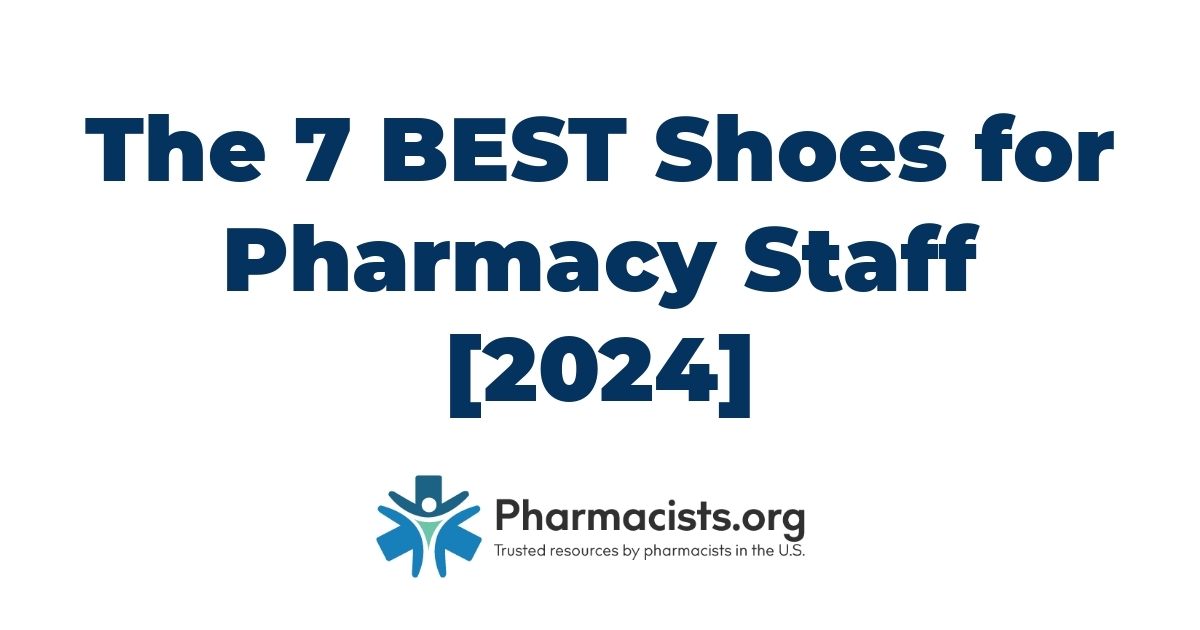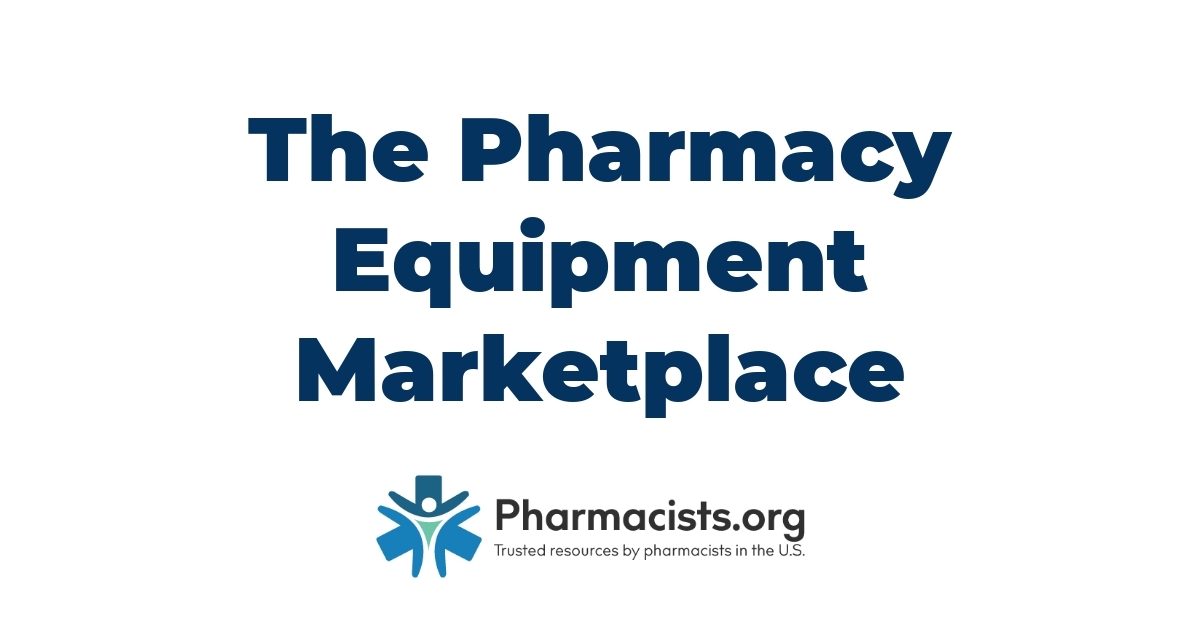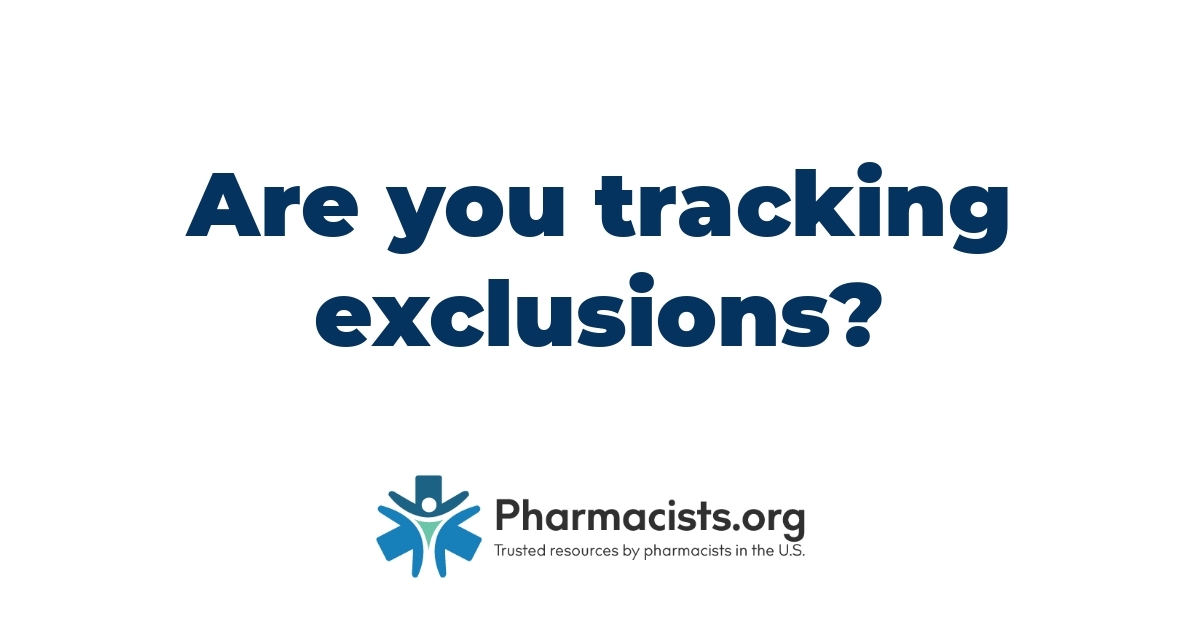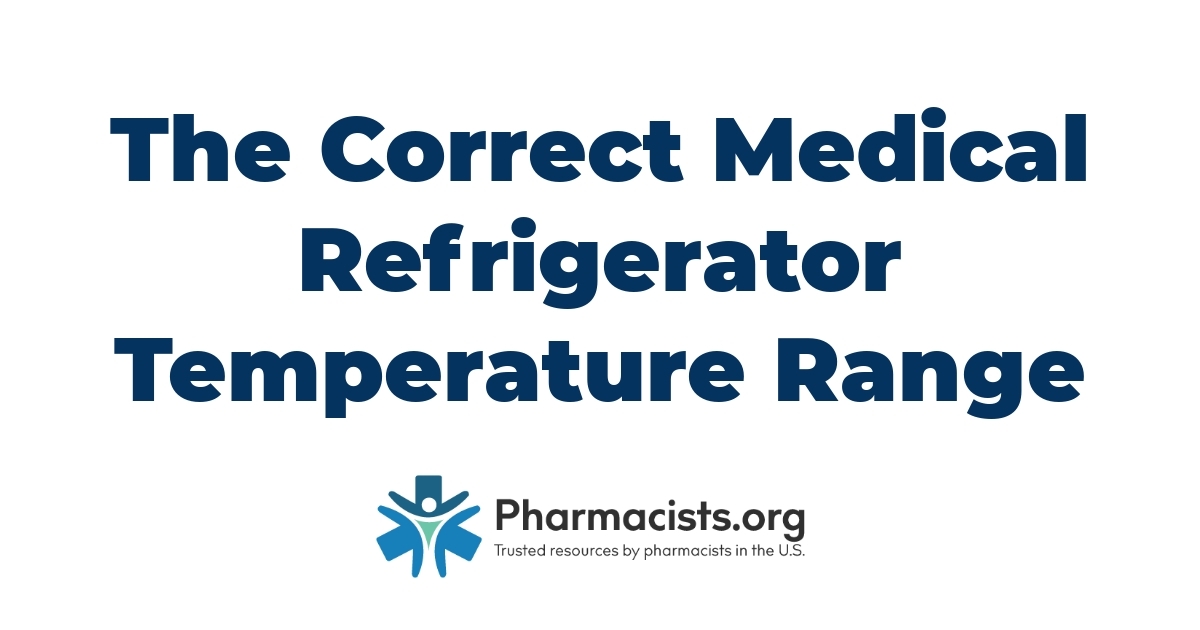One of the most commonly overlooked areas of community pharmacies I have either managed or worked in involves the handling and dispensing of hazardous drugs (HD) by pharmacy staff.
This is unfortunate, because hazardous drugs can cause skin rashes, infertility and miscarriages, and possibly even cancer in healthcare workers that have been exposed. Guidelines have been in place for years through NIOSH and more recently with the development of USP 800.
In the inpatient setting, HD handling precautions have gotten significant attention for quite some time. The development of closed system transfer devices (CSTD) minimizes the risk of healthcare worker exposure during compounding, negative air pressure rooms and hoods minimize the chance of exposure to volatile compounds, appropriate PPE has been mandatory, and policies and procedures as well as training have been commonplace.
USP 800, NIOSH, ASHP, and other guidelines for hazardous drug handling, though, apply to all settings where healthcare workers could be exposed, not just inpatient pharmacies, infusion centers, and places we traditionally associate with hazardous drugs. USP 800 compliance in community pharmacies is critical for protecting our pharmacy staff.
In addition, NIOSH defines a drug as hazardous if it “exhibits one or more of the following characteristics in humans or animals:
- Carcinogenicity
- Teratogenicity or developmental toxicity
- Reproductive toxicity
- Organ toxicity at low doses
- Genotoxicity
- Structure and toxicity profiles of new drugs that mimic existing hazardous drugs.”
I’ve never worked at a pharmacy that doesn’t have drugs that exhibit at least one of these. But are we fully protecting ourselves and our staff in the community pharmacy?
Here are some of the most commonly missed areas:
1. Chemotherapy Gloves
First off – use gloves! Bare-handed is not acceptable.
Using any gloves, though, is not enough because there are many types of gloves (ex. vinyl) that allow the medication to pass right through, exposing pharmacy staff. While they obviously do not need to be sterile when dispensing oral dosage forms, they do need to have been tested for their ability to prevent exposure to hazardous drugs.
The standard for this is from the American Society for Testing and Materials and is known as ASTM D6978. Gloves that have met this standard will be labeled as such on the packaging.
ASTM D6978 Compliant Gloves
Protect you and your pharmacy staff from hazardous drugs with gloves proven to prevent chemotherapy from seeping through.
2. Deactivation and decontamination of work area
A common miss in this area is to wipe counters, spatulas, and counting trays down with rubbing alcohol when finished. Isopropyl alcohol, though, will decontaminate [remove hazardous drug residue] but not deactivate [render compound inert or inactive].
USP <800> requires both: “All areas where HD are handled and all reusable equipment [HINT: counting tray and spatula!] and devices must be deactivated, decontaminated, and cleaned.”
Instead, consider purchasing wipes specifically designed for this purpose. Commercially available products, for example, might have a two-step process with the following chemicals:
- Sodium hypochlorite (bleach): Deactivates the majority of hazardous drugs on the market and decontaminates the work surface.
- Sodium thiosulfate: Deactivates the bleach.
My personal favorite is Pharma-Surface Guard because of 1) cost and 2) availability from my distributor’s pharmacy line, so I can get them next-day with no hassle.
3. Policies and Procedures
Having policies and procedures in place that are easy to read and refer to is critical. While all of our staff have been trained, I still taped a copy of our P and P to the side of one of the shelves near our HD area where anyone needing a reminder about a step in the process can quickly refer to it.
After all, we might not dispense hazardous drugs every day so it is there if someone needs it (in addition to being able to ask other staff members).
4. Protect the pharmacist performing the final check
I recommend purchasing some labeled Ziploc bags to put the vial in after it is filled (bags that are printed with “hazardous” or “chemo” on them in bright yellow are ideal). That way when the medication makes its way through the workflow a pharmacist won’t get exposed accidentally while performing the final quality check on the medication, and the vial won’t be able to contaminate the bin or other surfaces.
In fact, USP 800 states that drugs “identified by the entity as requiring special HD handling precautions must be clearly labeled at all times during their transport.”
I certainly consider moving the drug from one section of the pharmacy to another to be “transport.”
5. Storage
Two big misses in this area:
1) The HD area should be clearly labeled. Just a simple sign taped to the shelf works great. Here is one for download you can check out.
2) The area should be also stored below eye level, so that the bottles don’t fall on staff when they are taking them off the shelf.
6. Hazardous drug list
The site-specific HD list is trickier because there are many drugs considered HD that you will never use and it is confusing to staff to have such a long list.
It must include drugs listed by NIOSH (linked in “Helpful Resources” below). As you get new drugs in they should be checked against the NIOSH list to see if they should be classified as hazardous.
7. Receiving hazardous drugs
Studies have demonstrated trace contamination of manufacturer containers so it is a good idea to wipe bottles down with deactivating wipes prior to putting them on the shelf. This just provides an extra layer of protection in the case that a hazardous drug mistakenly gets put in the non-hazardous area, handled without gloves, etc.
Obviously every precaution should be taken for that not to happen, but like any highly reliable system, we need to design it while considering failure points (i.e. Failure Mode Effects Analysis).
Helpful Resources:
This article is not at all intended to be comprehensive. I highly encourage you to take a look at these standards and in-depth resources while making your own site-specific procedures:
1. USP 800: This link will allow you to sign up for a free download of <795>, <797>, and <800>
2. NIOSH List of Antineoplastic and Other Hazardous Drugs in Healthcare Settings, 2016: Page 34 of this guide is a gem: it is a table that tells you, by dosage form, what kind of PPE is recommended. I would not start writing your P and P without checking out this table.
3. Ready for 800: Awesome website written by experts in the field to help you get ready.
I am a pharmacist, community pharmacy consultant, and medical writer with over 12 years of clinical practice experience in community, outpatient health system, long term care, and academic settings. I am also the founder of PharmCompliance.com, a website dedicated to the success of community pharmacy.
As a pharmacy project manager, I led the implementation of new service lines, assist with ensuring legal and third-party compliance for over 70 retail stores, lead quality improvement and medication safety initiatives, write policies, procedures, and best practices for all our retail sites, and help with optimizing revenue cycle and pharmacy profitability. I have been responsible for DMEPOS and vaccine accreditation through CMS, obtaining new licenses and permits, and implementing a prescription drug kiosk embedded in our physician offices.
As a medical writer, my work has been featured in GoodRx, Pharmacy Times, Drug Topics, Patient Care Online, and in peer-reviewed journals. I have also given presentations on a range of topics, from disease state pharmacotherapy for medical residents to updates on the CDC vaccine storage and handling guidelines for a medical-grade refrigerator and freezer manufacturer. I have written and presented continuing education for CEImpact, FreeCE, AchieveCE, Ascension Health, and the Florida Department of Health.
